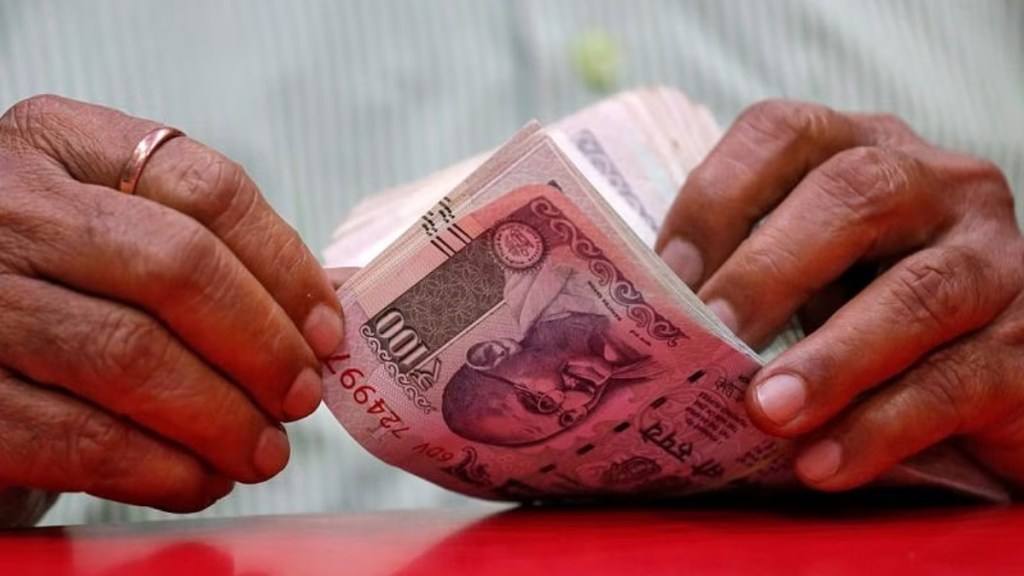The Centre has started routing funds for a clutch of centrally sponsored schemes (CSS) with an aggregate annual budget outlay of Rs 3.3 lakh crore through the Reserve Bank of India, instead of state government treasuries.
The move is expected to curb floating of funds and improve spending efficiency, besides reinining in borrowing requirements.
After a pilot, the new cash management measure came into effect last month for 28 CSSs across 17 central ministries and departments under the SNA (Single Nodal Agency) SPARSH model. This is the second stage of “just-in-time” release of central funds, a mechanism aimed at idling of funds.
As many as 21 states have already been onboarded for this initiative, sources said.
Prior to this, the Centre used to transfer CSS funds to state treasuries which in turn released these along with their CSS share (typically 40%) to bank accounts of state SNAs.
Despite just-in-time release instructions, some states delay the transfer of central funds as well as their shares to SNAs, halting implementation of the schemes and/or leading to misuse of central funds for non-scheme purposes by states to finance their fiscal deficits.
The penal interest for such delays on treasuries and interest from SNA accounts fetched the Centre around Rs 4,000 crore in FY23 and over Rs 5,000 crore in FY25, enough to run a few new schemes, sources said.
Under the new mechanism of routing fund via the RBI, these issues would also be addressed, the sources added.
The state SNAs will now maintain an account with the RBI for each scheme. In the beginning itself, instead of releasing any money to the SNA, the Centre will issue an authorization amount as per the sharing pattern of the scheme to the RBI, and the state concerned will also do the same. When actual payment arises, the state will move the payment file to the Centre, which will pass it on to the RBI. The RBI, which already has the authorisation, would release the amount to the SNA from the Consolidated Fund of India first and then from the State Consolidated Fund.
The schemes covered for the SNA SPARSH model include Pradhan Mantri Awas Yojana (urban and rural), Jal Jeevan Mission, flexible pool for health programmes, PM Gram Sadak Yojana, material and administration component of job guarantee programme, livelihood mission, swachh bharat mission and Atal Mission for Rejuvenation and Urban Transformation, among others.
“Under this mechanism, since the funds are maintained in the central and state consolidated funds, the cash outgo will happen when actual spending arises. If money earmarked for one scheme is not spent, the same could be utilised where the demand arises, making funds fungible across schemes,” a senior official said.
This would help the Centre trim its borrowings by timing them to actual spending requirements in schemes, based on spending patterns.
The move assumes importance ahead of the Budget for the next financial year as the Centre’s gross market borrowing will likely be inflated in FY26 due to higher redemption of debt issued during the Covid years. The Centre is estimated to borrow 14.01 lakh crore in the current fiscal ending March 2025.
Lower borrowing would help the Centre limit its interest outgo, which eats up to a quarter of the annual budget. It will also help in reducing fiscal deficit and debt to GDP ratio.
Idle funds in CSS were leading to unnecessary interest costs for the Centre. Interest costs account for Rs 11.6 trillion or 24% of the budget in FY25.
Besides cutting floats to zero, the SNA SPARSH would also make things easier for the states as the Centre has clamped down on many states for the delay in the release of funds to implementing agencies and has imposed costs on them.
With some states using the central funds to finance their fiscal deficit, the Centre had set the penal interest rate at 7%/annum from April 1 2023 on the number of days of delay beyond 30 days in the transfer of Central shares to the SNA account.


